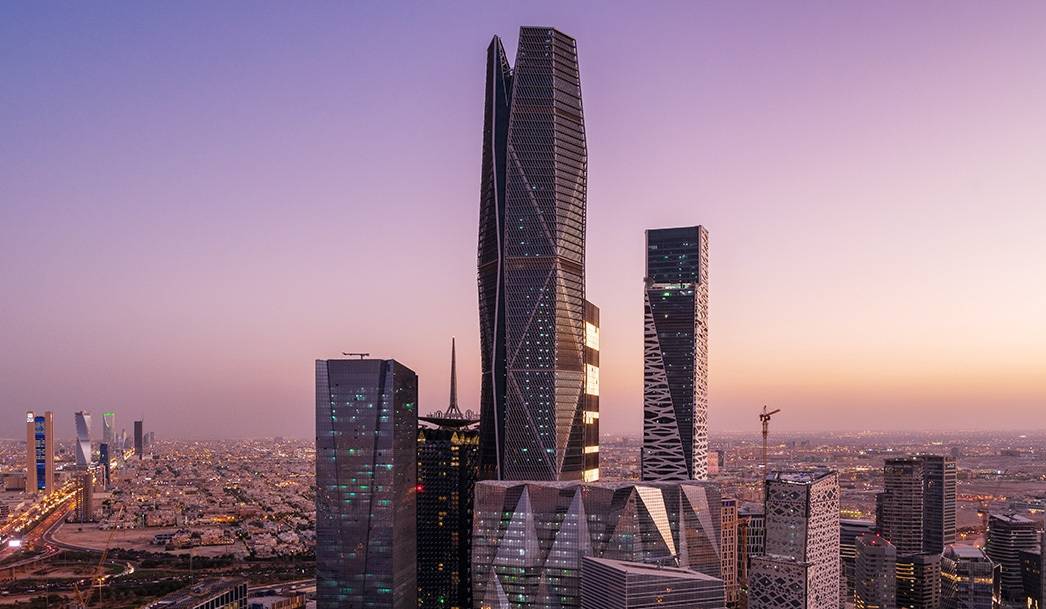Riyadh, Saudi Arabia — The financial landscape of Saudi Arabia and the UAE is undergoing a significant transformation, with most adults in the region experiencing an increase in their wealth, a latest report points out.
The Global Wealth Report 2023 by UBS and Credit Suisse highlights a promising trajectory of social and economic development in both countries, with the net worth per adult in Saudi Arabia surging by 8.6 percent in 2021 and 6.6 percent in 2022. In the UAE, per capita wealth exhibited growth rates of 18.7 percent and 20.6 percent in 2021, with a more modest increase of 11.7 percent in 2022.
The report sheds light on the distribution of wealth among adults in both countries. In 2022, approximately 45 percent of Saudi adults had a net worth of less than $10,000, while the corresponding figure for the UAE stood at 43 percent.
Compared to the UAE, Saudi Arabia had more adults with wealth between $10,000 and $100,000. However, the number of persons with wealth above $100,000 in Saudi Arabia (12 percent) was lower than in the UAE (27 percent).

The Gini coefficient for wealth inequality in 2022 was 86.7 in Saudi Arabia and 86.9 in the UAE, placing both nations among the highest in global wealth inequality rankings. The top 1 percent of wealth distribution accounted for 37.6 percent of the population’s share in Saudi Arabia and 44.6 percent in the UAE, placing both countries at the forefront of global wealth disparity.
The economic trajectory in the Gulf Cooperation Council (GCC) countries reveals a significant pivot towards China. Amid concerns about the future of their security partnership with the US, these oil-rich nations are bolstering ties with China, reflecting a shift in economic exchanges. The value of acquisitions and investments by GCC companies in China this year rose more than 1,000 percent year-on-year to $5.3 billion.
In the face of the COVID-19 pandemic, Saudi Arabia and the UAE emerged as resilient economies, successfully navigating the challenges and displaying rapid recovery compared to many global counterparts. Both countries demonstrated remarkable adaptability and resilience, with their economies showing signs of robustness and diversification beyond oil reliance.
However, a sobering trend in government finances marked a reversal of …
Discover more insights and in-depth analysis of the financial landscape in Saudi Arabia and the UAE. Explore the trends, challenges, and opportunities shaping the economic future of these two dynamic nations. Don’t miss this comprehensive report that provides a detailed look at the wealth distribution, economic resilience, and diversification efforts of Saudi Arabia and the UAE.
For full report, click here.








